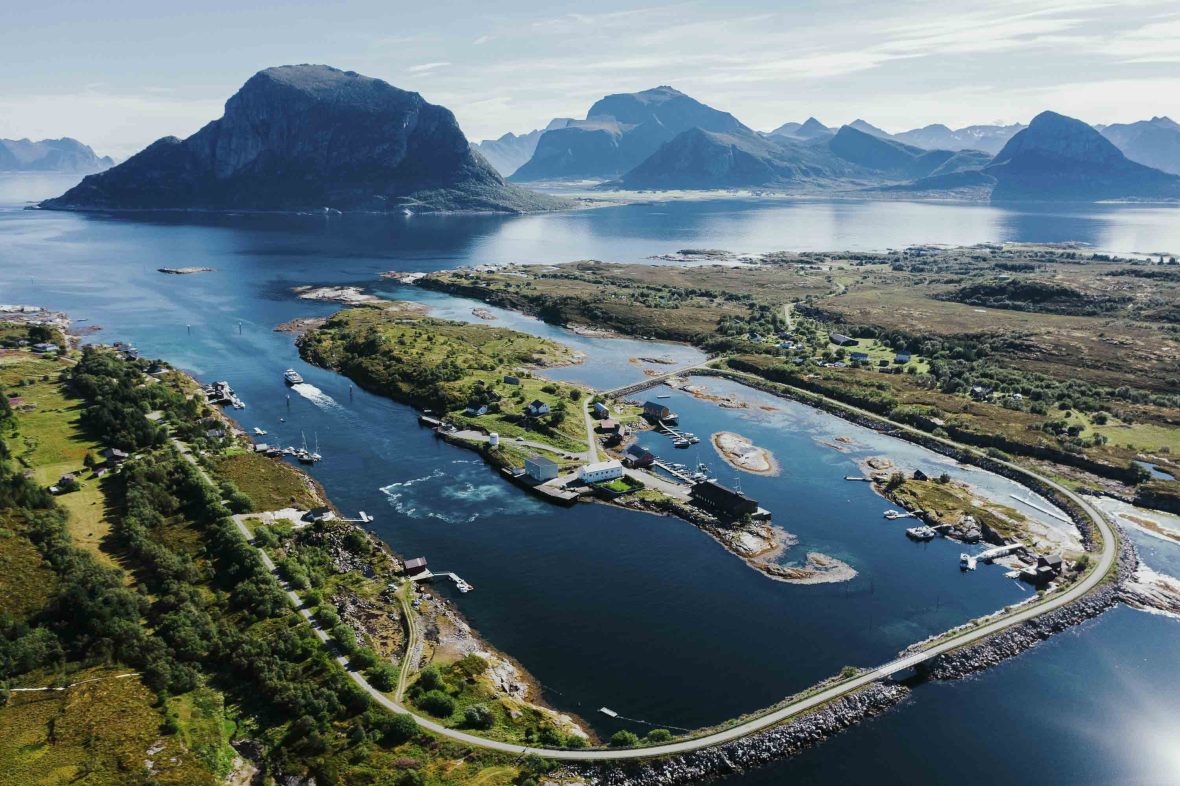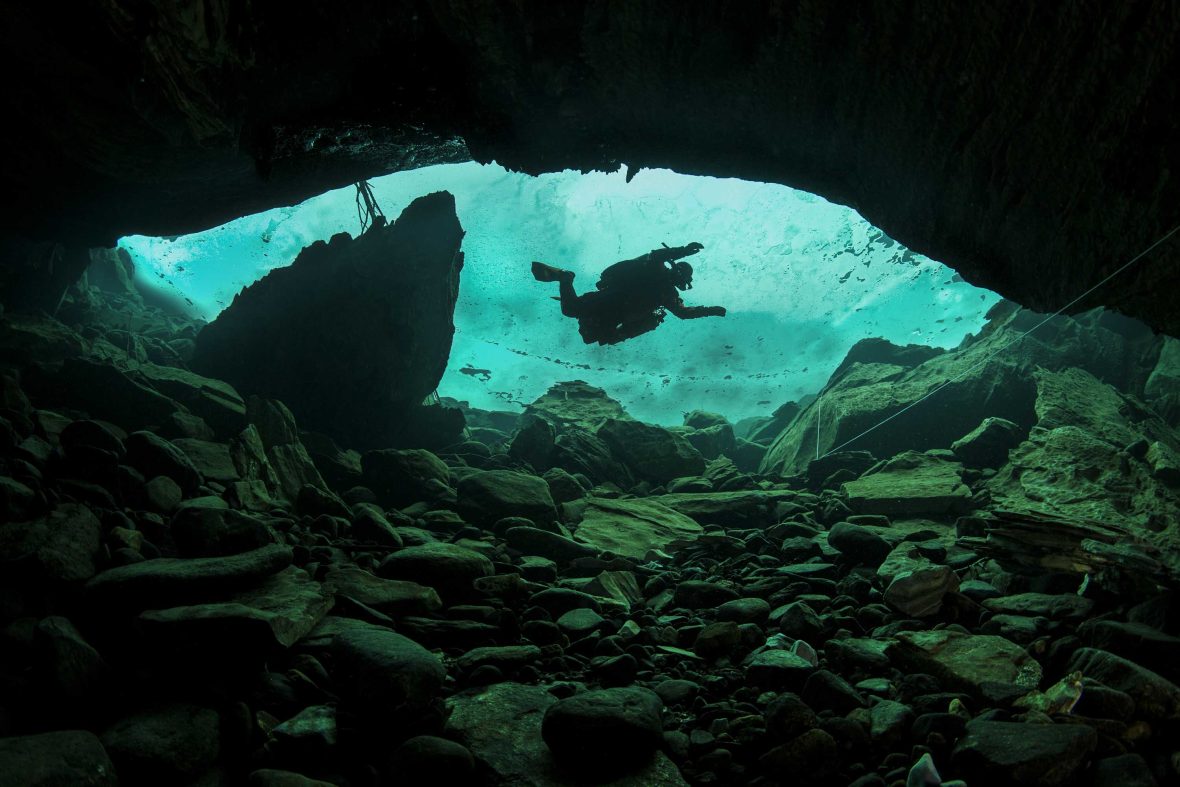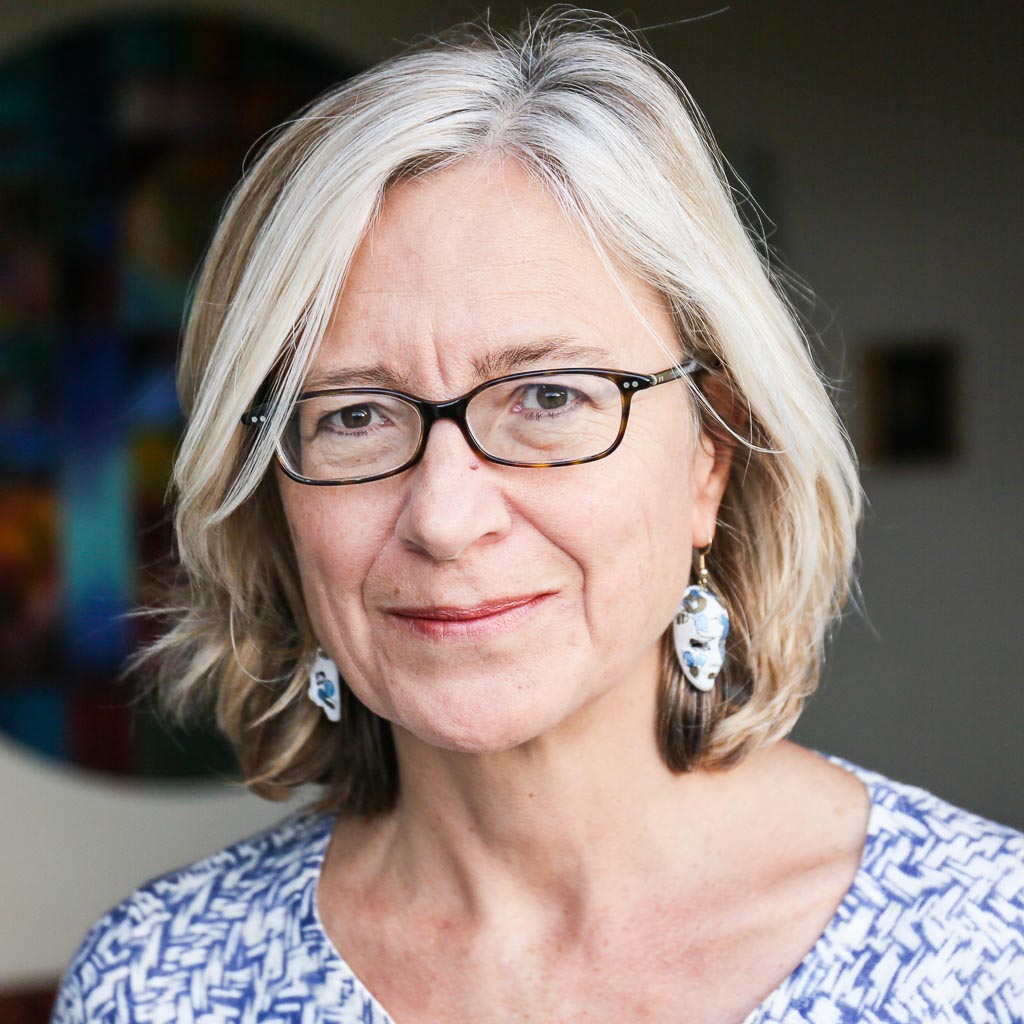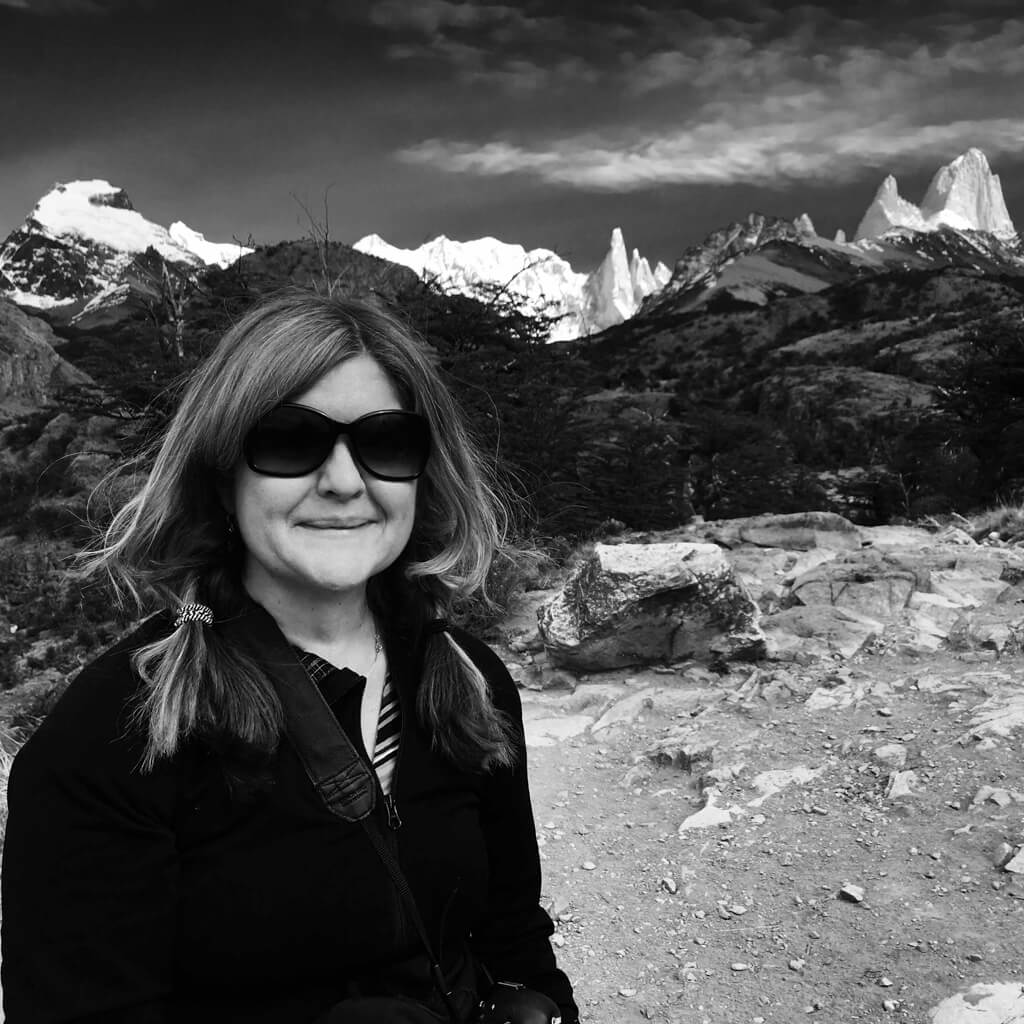
The butt of jokes and even overlooked by Norwegians, Bodø has usually just been seen as the gateway to the more epic Lofoten Islands. But the tables are turning… Bodø has recently been chosen as a 2024 European Capital of Culture.

The butt of jokes and even overlooked by Norwegians, Bodø has usually just been seen as the gateway to the more epic Lofoten Islands. But the tables are turning… Bodø has recently been chosen as a 2024 European Capital of Culture.
With each turn of a street corner, the wind roars in my face like an enraged polar bear. The air is tinged with salt, crooked-nosed trolls haunt the sides of buildings, and a tusky stone walrus stands sentinel outside the local museum.
I’m in Bodø, a working fishing town, just north of the Arctic Circle, and the capital of Nordland—a sliver of a county bridging Norway’s south and remote far north. Couched inside a crescent of snow-blanketed mountains, its bouquet of red, orange and blue houses stand defiantly looking out toward the unforgiving Norwegian Sea. Locals in Trondheim, 700 kilometers to the south, had scoffed when I’d mentioned my intention to travel there. “When the flight lands you can always tell which people are from Bodø because they fall down the airplane stairs—they’re so used to leaning into the wind!”
They dismissed it as ‘Boring Bodø’ on account of its military air base. Visitors usually only know it as the gateway to the much-Instagrammed Lofoten Islands a half-hour flight away. But Bodø has been named a 2024 European Capital of Culture—the third Norwegian city to ever be chosen and the very first to be located above the Arctic Circle.

Rather uniquely, the city won the bid without government support. In fact, town officials were actively asked NOT to apply by the Norwegian Minister for Culture (seriously). But in feisty northern fashion, they ignored him and succeeded.
This was thanks, in large part, to their promise to increase the representation of Sami culture—the Indigenous people of northern Scandinavia—and language through merchandise and street art. “The goal is for all young people in Bodø to be able to order a coffee or a beer in Sami,” program director, Henrik Sand Dagfinrud, said, according to Forbes magazine.
“In the past, it was too traditional. All of that has changed over last year … It’s our time to shine now.”
- Michal Mlynarczyk, LystPå
So what did EEC officials see in Bodø that Norwegians didn’t? For one thing, its citizen’s growing sense of entrepreneurialism and buried bohemian spirit. Hidden among the town’s grid-pattern streets is a riot of street art, a boutique brewery, modernist architecture, festivals and a burgeoning selection of hangouts. There’s even a shop selling salmon-leather accessories.
“I am not sure Bodø had a reputation for being bland—we just had no reputation at all!” says Gro Bergrabb, director of the Nordland Musikkfestuke, an annual classical musical festival hosted against a backdrop of epic fjord views. “There’s a positive energy buzzing in the city now as we shift from being a military base to a modern city,” she says. “And culture plays a huge part in this development.”
Travelers can clink cocktails with locals in panoramic rooftop bars such as Roast Skybar on the 17th floor of the Scandic Havet hotel, and Top 13 Bar & Lounge at the top of the Radisson Blu. You can sip coffee brewed from locally roasted beans while browsing music by regional artists at Melkebaren.
And you can wash down the fluffy homemade croissants at Craig Alibone Pâtisserie & Champagneria with a flute of bubbly. There’s even a shop selling salmon-leather accessories. While on the outskirts, there’s Saltstraummen, the world’s strongest tidal current, and Mjelle Beach, whose sands change color from red to white.
Michal Mlynarczyk, co-owner of the fine-dining brasserie LystPå, agrees: “I arrived in Bodø as a tourist because I wanted to see the northern lights, but decided to move here for the opportunities the city brings.”
“In the past, it was too traditional,” he adds. “All of that has changed over last year. We’ve got a new concert hall, restaurants, wine bars, creative and ambitious people, cultural events, concerts and exciting shows that make the city a destination in its own right. It’s our time to shine now.”

They’re speaking of the new culture harbor ‘Molobyen’, currently under construction along the waterfront. Plans are in flex, but everything will center around the Bodø2024 theme of ‘ARTICulation’—a play on their Arctic location and ‘artig,’ a northern Norwegian word for ‘fun.’
With a new airport under construction, no-one will be blown down airplane stairs anymore. It seems Bodø has officially transitioned from cold to cool.
Events range from hosting a concert inside Pluragrotta—northern Europe’s largest water-filled cave south of town—to Project 67, a shipping container-turned-mobile art space inspired by the nomadic culture of the region’s Indigenous peoples. There’s also the Nordland Music Festival’s SPIRE project that supports young musicians during the early stages of their careers.
And at the center of it all is Stormen, the town’s modernist light-filled concert hall and library that was quoted among the world’s top ten most beautiful in 2016 by Wired Magazine, and which will serve as the main venue for Bodø2024.
Stormen’s director, Rasmus Adrian, has remained tight-lipped about what will be featured on the program of celebrations, but he feels strongly that “in a public discourse that increasingly ignores what we have in common as human beings and more often than not focuses on the conflict and controversies that sets us apart, I think it is a refreshing thought that cities all over Europe from time to time engage in a year-long celebration of arts and culture.”
And it’s this contrast of art and culture that sells the place. From the listed buildings of Svenskebyen to the uber-modern Arctic Hideaway hotel, a short boat ride to the southwest, and the avant-garde street art that lives alongside the traditional fishing boats… you never know what to expect.
Plus, with a new airport under construction, no-one will be blown down airplane stairs anymore. It seems Bodø has officially transitioned from cold to cool.

By late afternoon, the wind has fled, and honeyed sunlight gilds the cathedral and its free-standing clocktower made of latticed concrete. As I stand taking photographs, a chorus of barks erupts behind me. Locals are lined up in the street with their retrievers, huskies, Maltese and terriers tethered on leads for puppy training—their domestication in contrast to the wild mountains surrounding town.
I stroll southwards towards Svenskebyen (the Swedish Quarter), a neighborhood of listed wood-paneled homes, painted a mix of red, blue, green and white. It was built by the Swedish Red Cross after Bodø’s air base was bombed by the Luftwaffe during World War II and half the town was rendered homeless. It’s not the first time the city has redefined itself… I’m sure this latest reinvention will be even more memorable.
______
Emma Thomson visited Bodø as part of a 21-night Arctic Rail Odyssey with Discover the World.
Emma Thomson is an award-winning travel writer and guidebook author who often covers countries recovering from natural disaster or political upheaval to help travelers regain trust in these places.
Full Bio





Can't find what you're looking for? Try using these tags: